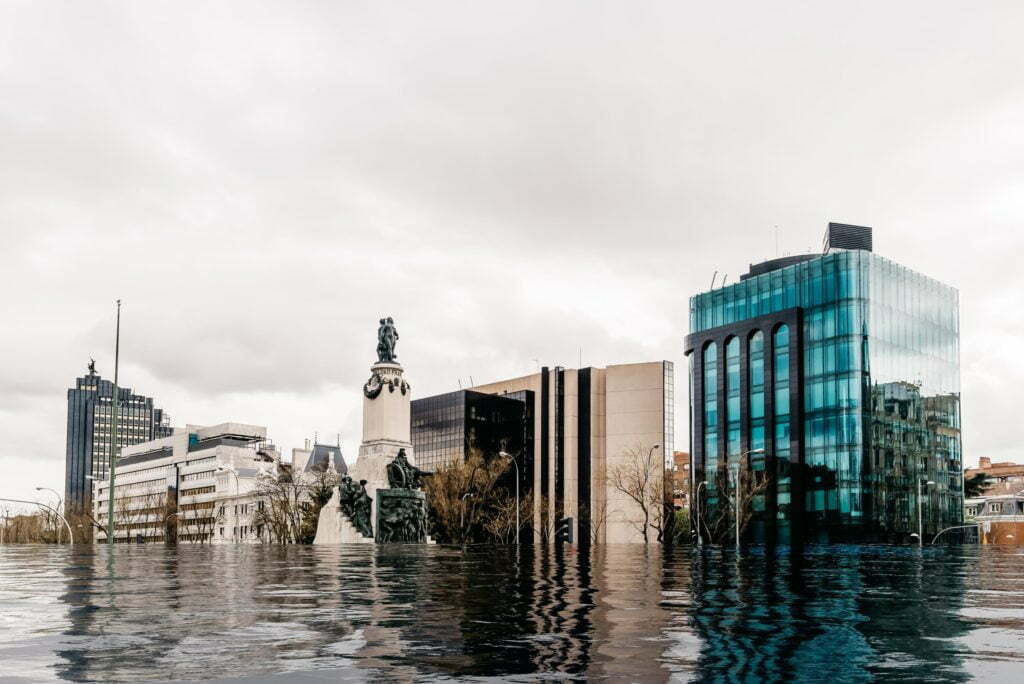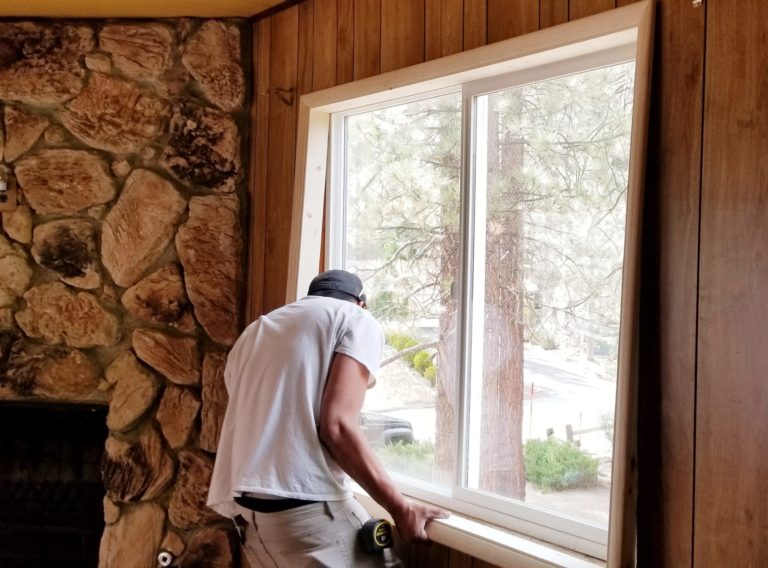There are many different flooding causes, but some are more common than others. Heavy rains, melting snow, and dam or levee failures are some of the most common flooding causes. Keep reading to learn more about the most common causes of flooding.
Heavy Rainfall
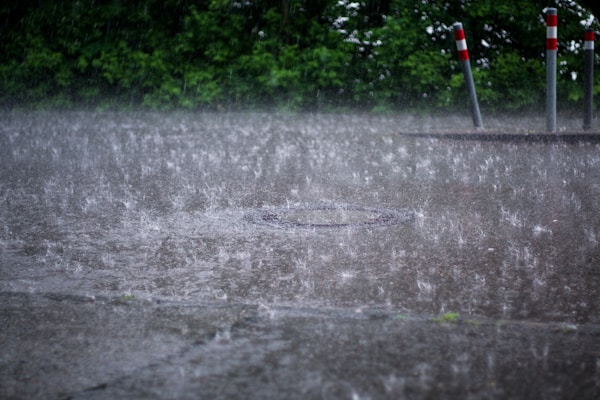
Flooding can be caused by various factors, including heavy rains, storms, and flash flooding. Heavy rains can cause flooding when the ground becomes saturated and can no longer absorb any more water. Storms, such as hurricanes and typhoons, can also cause flooding by bringing high winds and rain to an area. Flash flooding is a type of flooding that can occur quickly, often as a result of intense rainfall or dam failures.
Heavy rainfall is the most common cause of flooding. When rain falls at a rate that exceeds the capacity of the ground to absorb it, water begins to pool on the surface. This can happen very quickly, particularly in areas where soils are already saturated from previous rains. If the rain continues, runoff will form and flow overland to streams and rivers, eventually spilling onto adjacent properties or into low-lying areas such as valleys and floodplains. Flash flooding can also occur when an intense storm produces a large volume of rain in a short period of time. Due to the heavy damage rainfall can cause, many people invest in flood insurance.
Flood insurance is a type of insurance that helps protect property owners from financial losses caused by flooding. Flood insurance can help protect property owners from these losses and is available through private insurers that can provide comprehensive flood insurance to homeowners, renters, and business owners who live in areas at risk for flooding.
Malfunctioning Sewage System
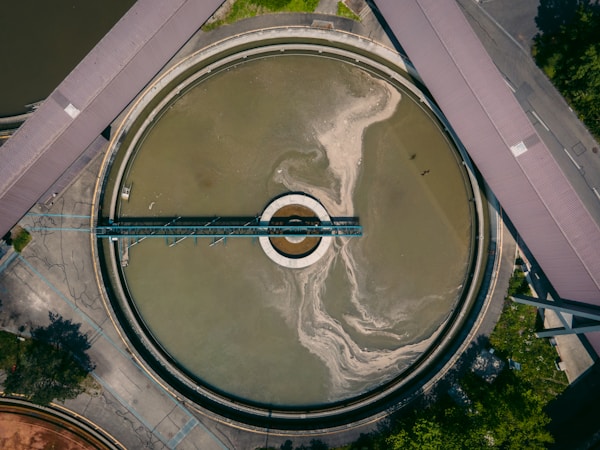
A malfunctioning sewage system can be one of the most common flooding causes. If the sewage system is not working correctly, it can back up and overflow into nearby homes or businesses. This can cause a lot of damage and create a health hazard. Common causes of a malfunctioning sewage system include clogs, blockages, and broken pipes.
Ice Dams

An ice dam is a ridge of ice that forms at the edge of a roof and prevents melting snow from draining properly. The water backs up behind the dam and can leak into the home, causing damage to walls, ceilings, insulation, and other areas. Ice dams are often caused by inadequate insulation or ventilation of an attic space. Heat escaping from the living area below melts the snow on the roof, which then flows down to the roof’s eave where it freezes again.
The Impact of Flooding
Flooding can have a devastating impact on communities and property, often resulting in loss of life and billions of dollars in damages. As mentioned above, the most common flooding causes are storms, hurricanes, and levee breaches, but flooding can also be caused by dams breaking, snowmelt, and ice jams. When these events occur, water can quickly inundate neighborhoods and businesses, leading to significant damage. In addition to the immediate effects of flooding, there can be long-term impacts. Flooding can contaminate water supplies with chemical pollutants and fecal matter, which can cause illnesses in people and animals. It can also damage infrastructures such as roads, bridges, and buildings.
Overall, flooding is a common problem for many homeowners and business owners and is the most common natural disaster in the United States, affecting more people and causing more damage than any other type of disaster. No one is immune to the risk of flooding, as it can happen to anyone in any area and at any time. Investing in quality flood insurance can protect you from these weather conditions.

